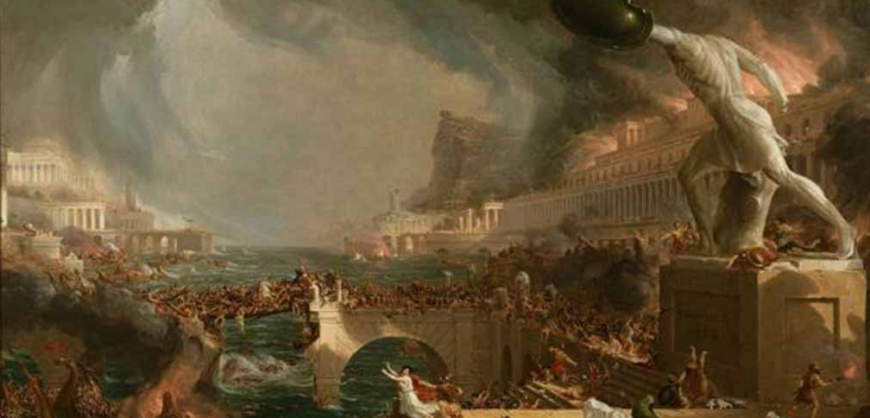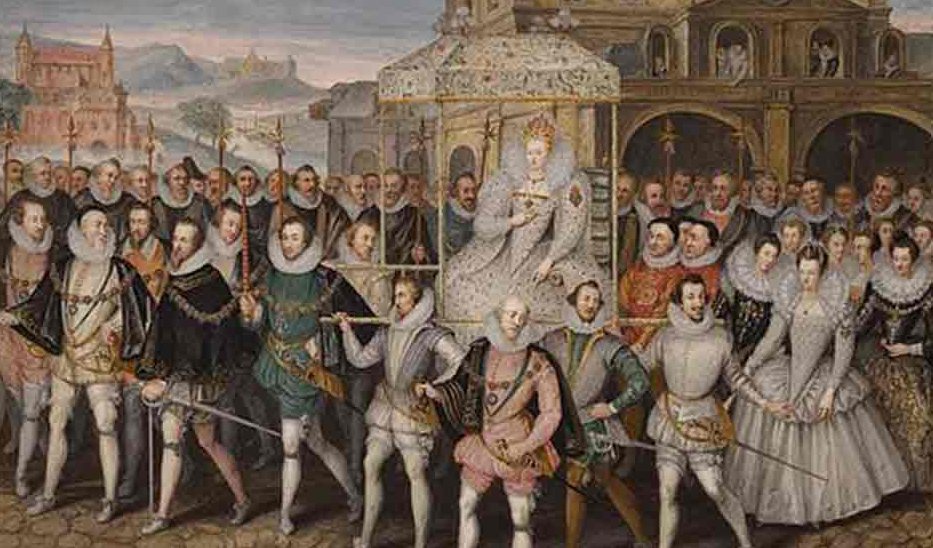The year 536 AD stands as an abyss of despair in human history, marked by an unprecedented convergence of calamities that wrought havoc on civilizations worldwide. Byzantine accounts speak of a surreal darkness that blanketed the Earth for months, a consequence of a colossal volcanic eruption that obscured the Sun’s rays and plunged the world into an unrelenting winter. This atmospheric upheaval led to catastrophic crop failures, triggering famine and widespread starvation that gripped communities from Byzantium to China.
As if nature’s wrath wasn’t enough, deadly plagues swept through populations already weakened by hunger, claiming countless lives and leaving cities reeling in their wake. From the bustling streets of Constantinople to the rice paddies of China, no corner of the globe was spared from the merciless grip of disease and death.
Archaeological and scientific evidence corroborates these harrowing accounts, with analyses of ice cores and tree rings providing tangible proof of the global climatic upheaval that occurred in 536. The year serves as a stark reminder of humanity’s vulnerability in the face of nature’s wrath and the indomitable resilience of the human spirit in the darkest of times.
Source: Ancient Origins



































